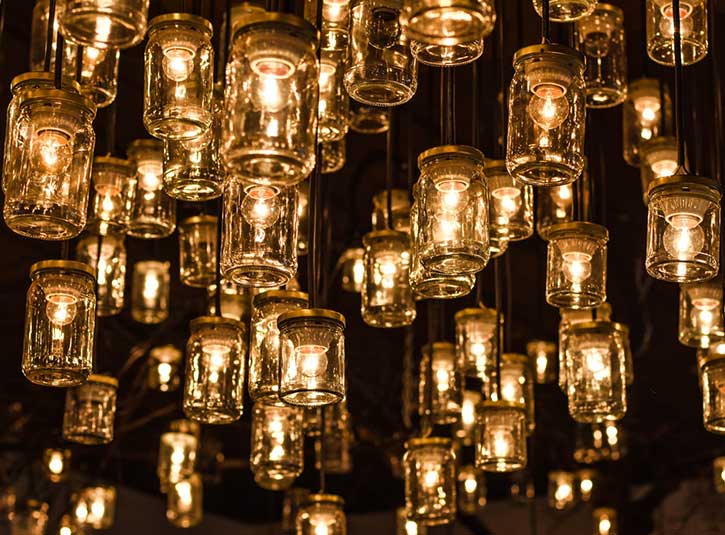

Whilst my last blog was all about upcycling for the garden and in all honesty, I will probably return to that particular subject again and again as I find upcycled garden items totally enthralling, this week I am having a look at upcycled items for the inside of the home.
With modern furniture and household items being quite cheap and not being built to last, many end up in landfill once their use-by date is up. Repairing furniture when it is cheap to replace may not seem worth the effort. A visit to a garage sale of a deceased estate sale will often turn up beautiful, well-built pieces of furniture that, with a bit of work can be unique and will last a long time.
I have a beautiful old dressing table that my Grandfather bought for me at a deceased estate sale when I was a teenager. He paid $5.00 for it. I sanded it back and refinished it and have used it ever since. It has moved with me from Tasmania to Western Australia and finally found its home in New South Wales. I had a drawer repaired once when I couldn’t get it sorted by myself, the cabinet maker who repaired it was loathe to touch it as he thought it was probably quite valuable. The craftsmanship is fabulous with fabulous dovetail joins all made from Tasmanian Oak. I have no idea how old it is but I imagine it is beyond vintage and into the antique range and it remains a beautiful and functional piece of furniture.
I am lucky enough to be surrounded by incredibly talented people who do all sorts of creative work with an amazing array of items. Their talents go way beyond sanding and refinishing a dressing table. I wish I had half their talent and was brave enough to try some of the projects they have undertaken.
The gorgeous cabinet below was given a new lease of life by Bron. What a difference a good paint job with a couple of different shades makes. With handles that match the era and feature work on the glass in the doors, this piece would look at home just about anywhere.
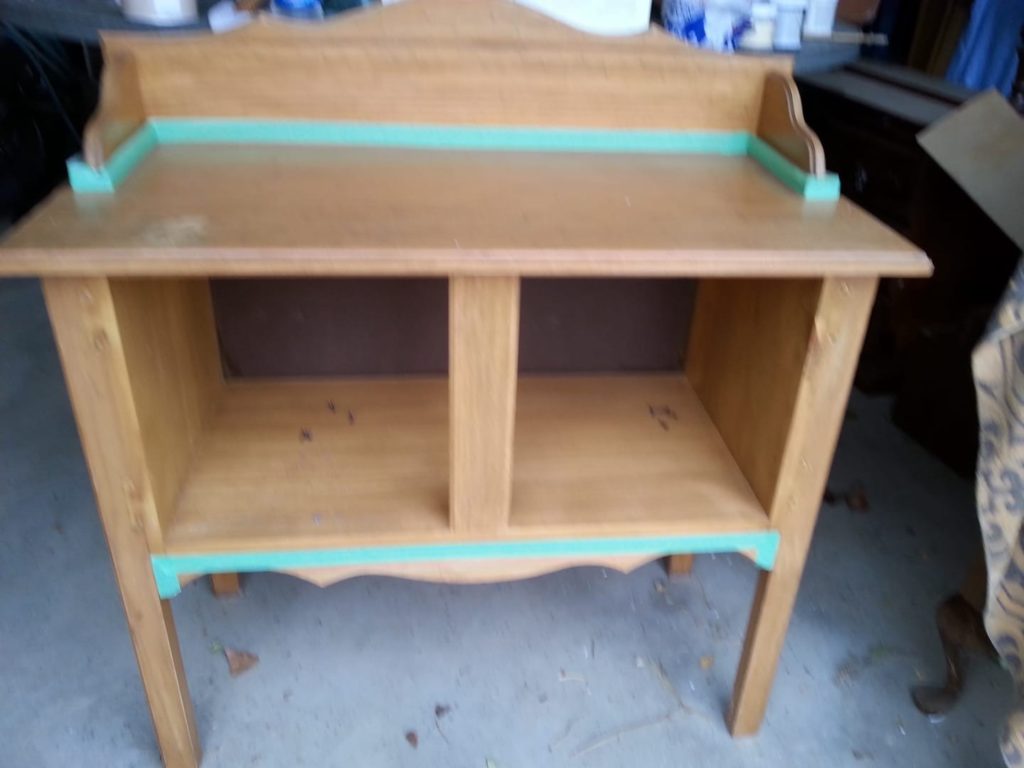
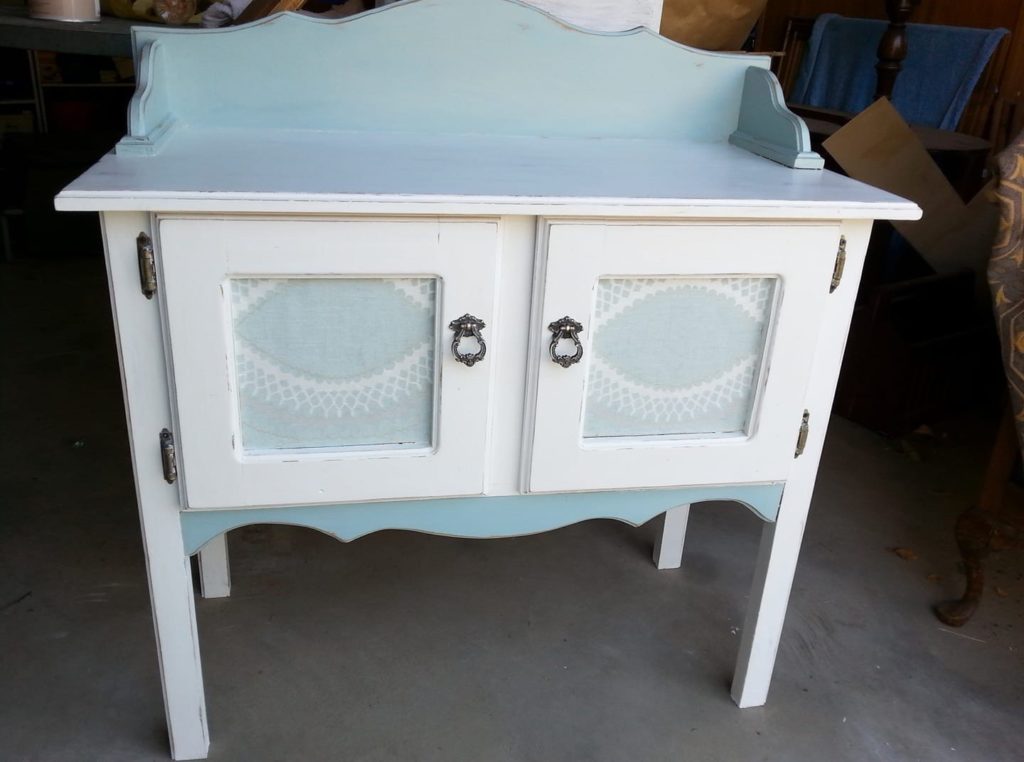
If you’re superstitious a broken mirror means seven years of bad luck. When my friend Kathi had a broken mirror, she took the pieces and used her incredible talent to make two new mirrors that are unique and pieces of art.
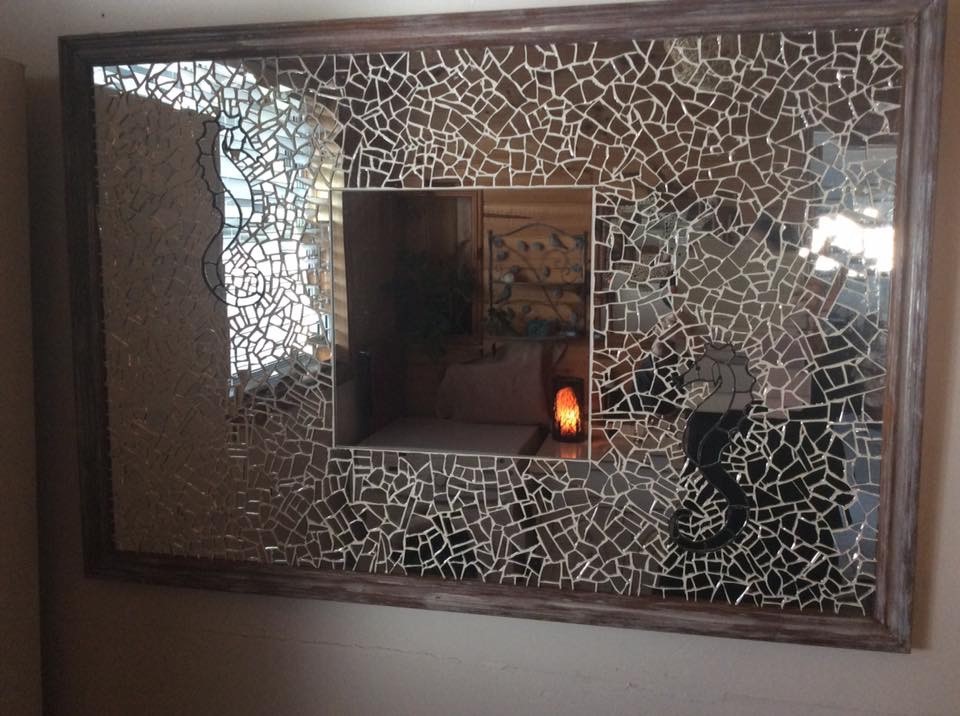

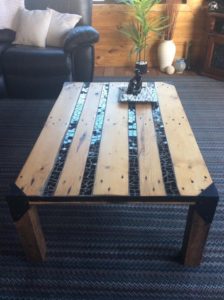
Kathi also made this coffee table using reclaimed pallet wood and black tiles. If you have ever tried pulling a pallet apart without damaging the wood, you will have the same level of admiration for Kathi as I do.
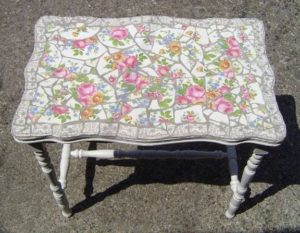
Another coffee table made into something very unique with the use of mosaic skills with broken china.
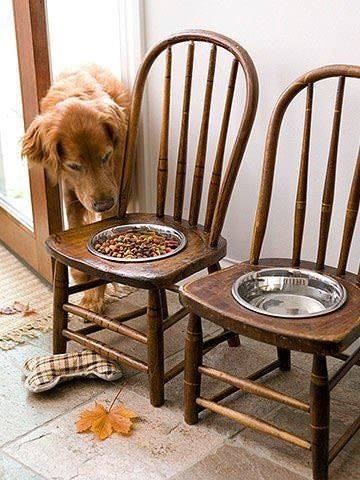
Need to keep the dog food off the floor? Simply find some old chairs, cut down the legs, add a hole in the seat the size of the food and water bowl and voila!
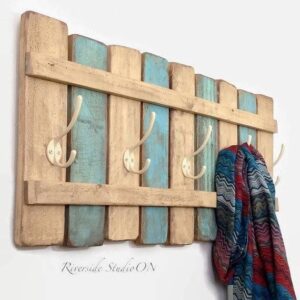
I don’t think this coat rack is made from reclaimed pallet wood, but you could use the same principle for a bespoke piece of furniture.
These pieces from Lovekin Designs are made using reclaimed items from old cameras and clocks. How beautiful are they?
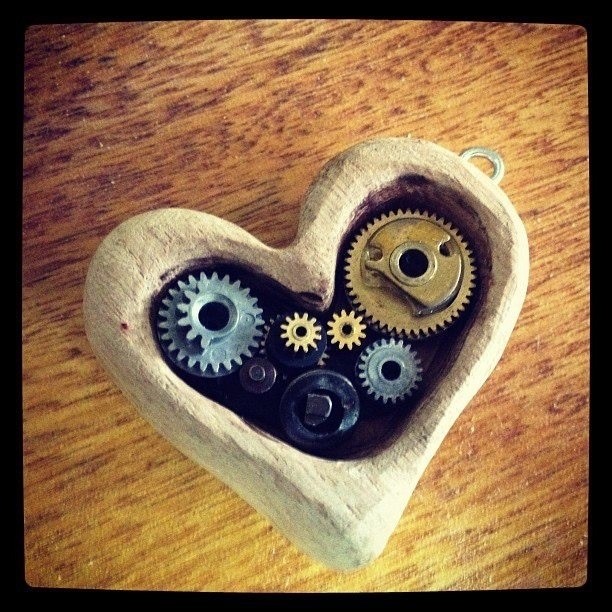

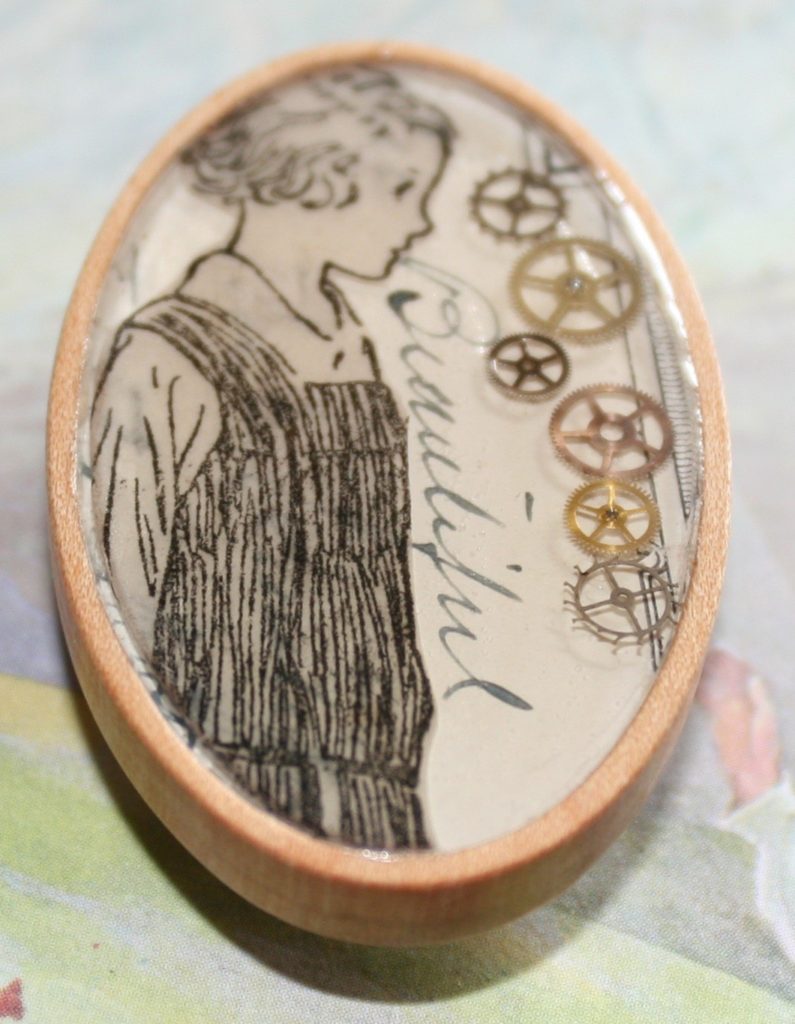
Once you have seen some of the things that can be achieved through Upcycling you won’t look at old pieces of furniture, broken china or mirrors in the same way again.
We would love to see some of your upcycled pieces. If you would like to share photos, please add them in the comments on our Facebook page and share their story.
Photographs that are not credited and named are used with the permission of UPcyclity the UPcycling community on Facebook.
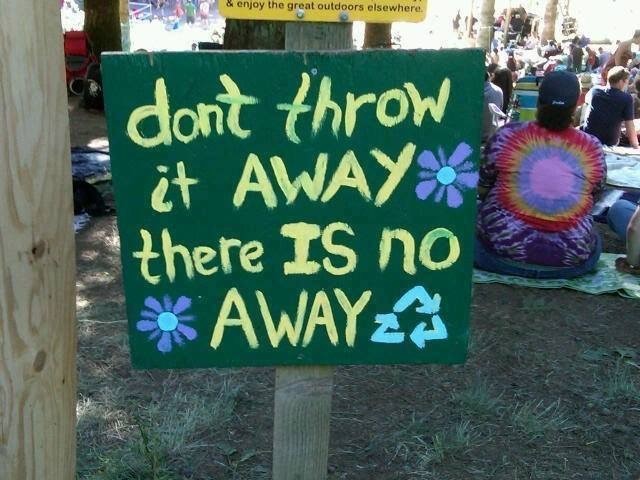
Photo heavy post!
Reduce, Reuse, Recycle – we hear and read it frequently and it makes perfect sense, although sometimes there is a fourth alternative – Upcycling.
Take an item that’s destined for the rubbish and, rather than sending it off to be recycled or disposed of on the tip, make something else out of it, something useful, something amazing and maybe beautiful.
Today’s blog post will focus on upcycling items for the garden but up has no limits almost anything can be upcycled. I have even seen floor mats crocheted from plastic shopping bags giving them a whole new and more functional life.
I love old tools. Many of my favourite tools are old and were repaired or had their handles replaced and are now serving me well. It would be lovely if I could say they were handed down to me from generations of avid gardeners from my family, who lovingly used and cared for them but that is not the case, they instead came to me anonymously without those stories that could have made them more special. They are, however, valued and they continue to work hard. My absolute favourite would be a 3-pronged hay fork. It had a broken handle and was rusty. Once cleaned up and with a new handle attached it has served me well moving straw around my garden and into my chook shed. I use a no-dig method of gardening these days but previously when I enjoyed digging in the garden, I routinely used a hoe to break up the surface and remove weeds such as Paspalum. The hoe was an old one from a clearing sale and it was fabulous to use, perfectly weighted and very effective. I would use a repaired and upgraded garden tool rather than buying a new one as a first option. Once tools are beyond repair they can be upcycled into many fabulous things.
Old garden tools are easy to find at Tip Shops, Recycling Centres, Garage Sales and Clearing Sales. If you are lucky enough to still have curbside rubbish pickups you may be able to spot them on the side of the road (just check that they are not just being rested while their operator is momentarily elsewhere!) They may not be perfect, but they will still have some sort of use. If they are no longer suitable or not needed as working tools, they are perfect for upcycling into garden art. Shovels and spades are the perfect size and shape for decorative animals, add a few other bits and pieces and you could have all sorts of amazing creatures in your garden.
Pinterest is a valuable resource for inspiration. I recently typed in “Shovel Garden Art” and hundreds of examples popped up. Ranging from very simple artworks -shovels with quotes printed on them, to incredibly intricate acid-etched artworks that belong in art galleries not gardens, you would surely be able to find something that suits your artistic skill level. Multiple hours could be wasted oohing and ahhing at the amazing upcycled tools at the very least, even if nothing gets upcycled at your place you will still get enjoyment from old tools.
I wish I could say that the following photo of the colourful spades is my very own work but hey, when the painting genes were being handed out, I was in some other line! This photo was taken by a friend of mine at a market in Egypt. The sign probably says, “No photographs”. One day I am going to create one of these masterpieces, it may not be as special as these, but it will be colourful! I am keeping my eye out at Clearing Sales and the Tip Shop for a Shovel or spade to do just this, even without a handle I think it would look pretty good.
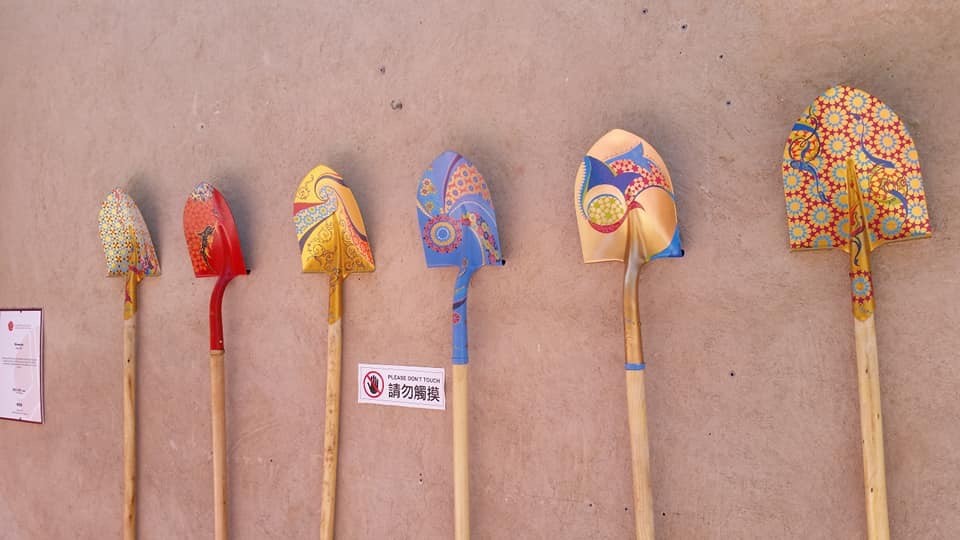
The objects de art (term very loosely applied) below were made by Colin Darts (coincidentally the well-travelled photographer mentioned above). Colin made a number of these as gifts for friends one Christmas. Those of us lucky to receive such a thoughtful hand-crafted present display them proudly.
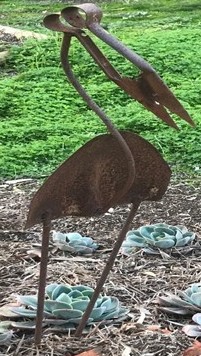
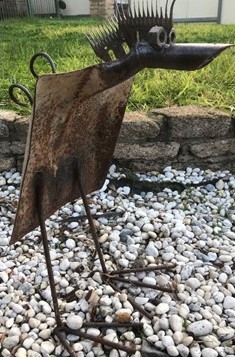
The next one, with the slightly wonky smile, was put together by my husband and graces my garden.
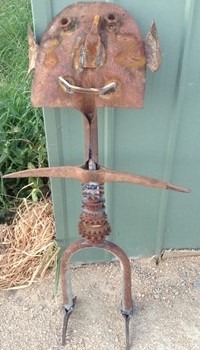
This birdbath/feeder was made from an old glass light fitting. A wreath of willow was woven for it to sit on (this has since dried to a dark brown colour) and string was braided to hang it. Many light fittings have a hole in the bottom of them, but I have found that if you get an old shot glass and attach it over the hole with silicone this will seal it but also adds a central perch for small birds. Fill it up with some flat pebbles or glass beads and you have a bee waterer.
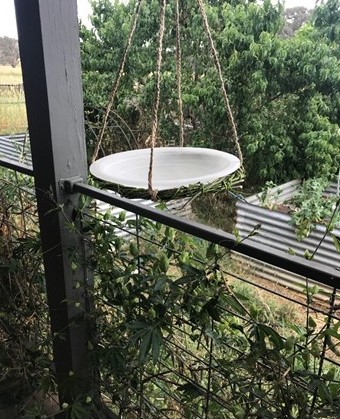
A piece of left-over wood from another project, painted with leftover paint, a few hooks, old soup ladels sourced from tip shops and Op shops wrapped in garden string. Add a small amount of compost and plant with small succulents. Hang it on an external wall for a piece of garden art.
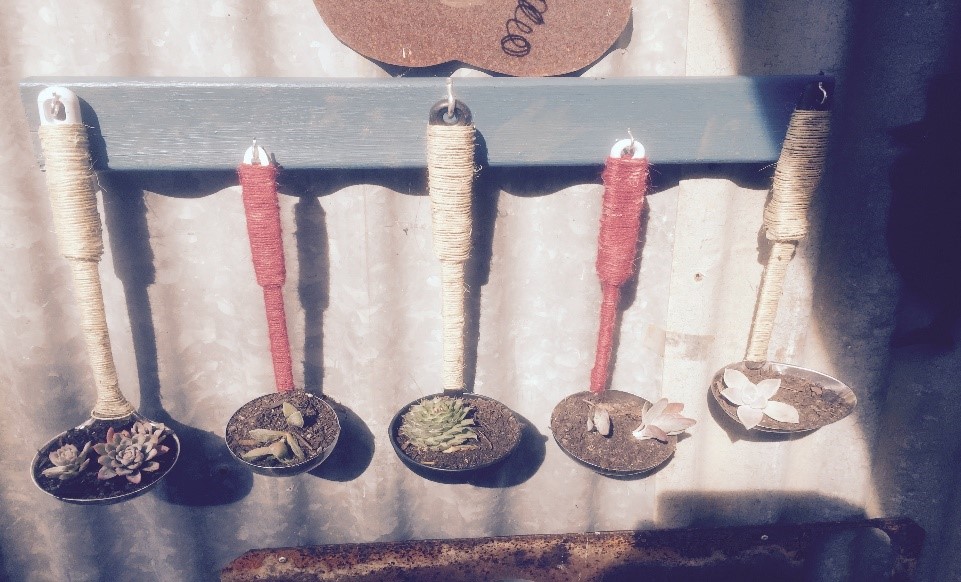
An old wooden step ladder with planks of wood resting on the rungs makes a pot plant display rack. Some of the cups are broken ones that were too colourful to throw away and others were gifts.
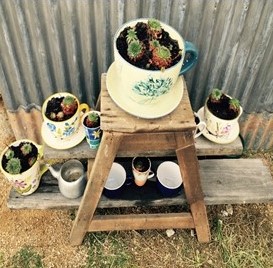
A salvaged toolbox (made by apprentices on rainy days to hone their skills), painted and with a strip of chalkboard paint added to allow for some personalisation makes a great portable herb garden. This one was lined with some surplus black builders’ plastic to protect the wood from excess moisture. It does have some drainage holes drilled into the bottom and corresponding holes in the plastic.

Upcycled pallets could take up an entire blog post by themselves so I will just pop in a couple.
I have found that pallets are available at all sorts of places and usually for no cost. I would recommend asking before just picking them up and taking them, but you will usually get a positive response.
If you need a potting bench you can make yourself one for very little money. One full pallet at the back and another pallet cut in half and then cut off to the height that suits you with an old sink attached across the top. This one is painted because red and white look great and the paint was sitting in the shed, but it looks equally good left unpainted. I also like to paint pallets to give them some protection from the weather. Remember if you are using pallets for any food-related projects try to get the heat-treated ones.
Old sinks are also readily available, sometimes for free and sometimes for a small amount of money. Make friends with someone who does kitchen renovations and you may find you have a steady supply.
A similar process with one whole pallet at the back and two pallets cut down to the required size with a sink attached makes a great kid’s mud kitchen. This one was a Christmas gift and was painted to match a colourful fort that was already in existence. Don’t look too closely at the picture – it is obviously well used and loved. As it is designed to be used with water play, the paint provides additional protection to the pallets and should prolong its life a little.
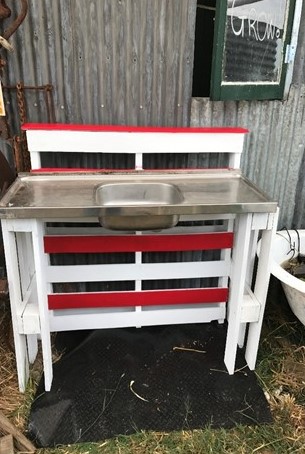
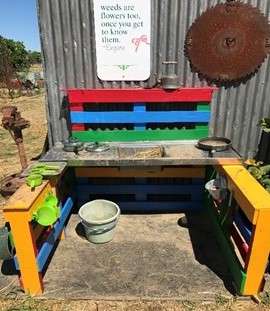
Apologies for the long post I got carried away in my enthusiasm for upcycled garden art and equipment.
Next week part 2 will focus on upcycled projects and pieces that definitely don’t belong in the garden.
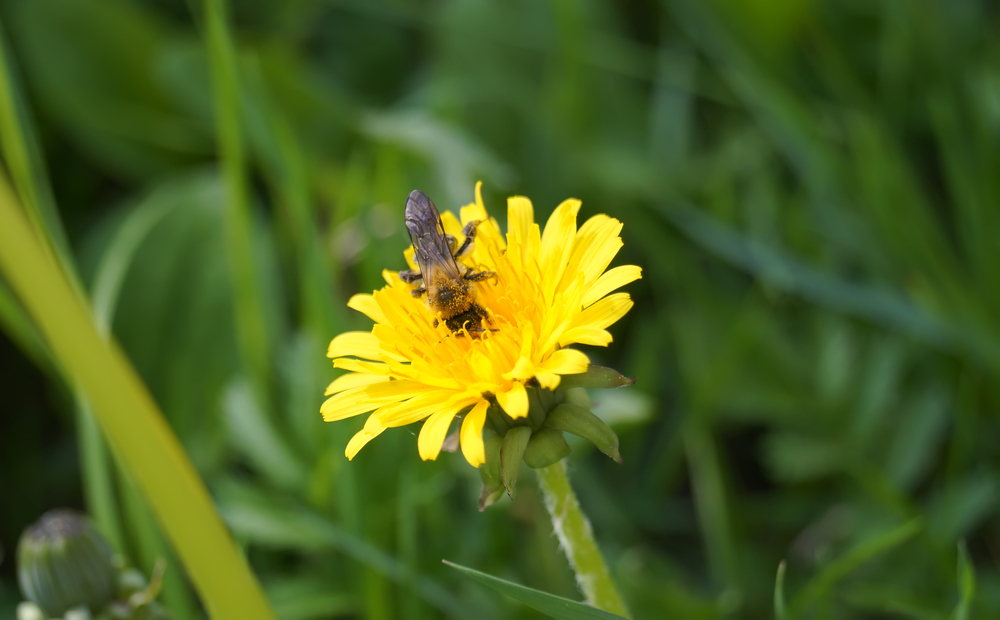
Confession time here – I have lots of weeds and I mean big industrial size weeds. I have a very large garden and I simply don’t have the staff (who am I kidding – I am the staff!) to manage it effectively. Be careful what you wish for, I wanted a large garden and I got one but the larger the area you have the more room there is for weeds to grow. Team that with the fact that I refuse to use herbicides and the outcome is that I have weeds. Another confession …. I don’t really mind having weeds as I can make use of all of them. Luckily I don’t mind a messy garden either so lots of weeds aren’t going to destroy my soul.
Change the way you look at weeds and managing them changes too. After all, weeds are simply plants growing where you don’t want them to grow. No plant is useless and even weeds have multiple uses for gardeners. View your weeds as a resource and you have something for nothing that you can make use of. We don’t have access to a green waste bin so green matter grown on our land needs to be managed on our land which has led me to find ways to use them.
Sometimes just looking at a weed differently can change the value that plant has to you. Dandelions are weeds to many gardeners but they are also a useful plant. They flower when many other plants are not flowering providing food for bees and other beneficial insects. They are edible and nutritious for humans and animals. The flowers are pretty especially en masse.
Amongst the weeds that I don’t particularly like is Pattersons Curse – touching it irritates the skin and it is known to be an allergen for those with Hay Fever. I pull Pattersons Curse out before it seeds wherever possible.
Cape Weed smothers out all other plants but it is not too difficult to pull out and it also composts well.
Thistles and Bathurst Burr make my don’t like list, they hurt so they go.
Nettles are a plant on many peoples weed list however I like them although they also hurt. Nettles are a sign that your soil is full of nutrients. I had no nettles in my garden until the soil was rich and nutritious. Nettles are edible and high in iron and other nutrients that benefit us. Picking and preparing them may present more difficulty than picking Spinach but once they are cooked the sting disappears. Nettles stay a vivid green when they are cooked. Nettle and Fetta go very well together in fact, any recipe that calls for Spinach is great with Nettles instead. My daughter thinks that it is wrong to have to wear gloves to pick dinner but I think it is worth it. You can always pick them with tongs if you have misplaced your garden gloves.
Nettles also make a fabulous garden fertiliser. Simply pick a bunch of nettles and soak them in water for a number of weeks (warning the mixture will pong!) before diluting it 1 to 8 in water and pouring on the garden. This can be used as a Foliar Feed as well as pouring it straight onto soil.
It would be pretty difficult to compost effectively if you don’t have the green component. If you have chooks you are probably using many if not all your table scraps in your chook food. In this case, weeds become an essential compost ingredient. When I have an excess of weeds I have been known to put them around the base of bushes (not right up against the trunk) which works particularly well if the bush then hides the weeds. The weeds compost away under the bush feeding the soil while also acting as mulch and preventing the growth of more weeds.
When I want to extend a garden bed I often pile weeds from the bed on the end in the direction I want to extend and again the weeds are adding goodness to the existing soil and acting as mulch until I am ready to fully extend the bed.
I have a number of raised beds (just short of 1 metre high) that I call my old age beds as I will not have to bend over to plant or harvest them. There was no way I could afford to buy in enough soil to fill each of the beds so as they were made I would throw in weeds and keep topping them up as they compacted. It was slow but very effective saving me a great deal of money and giving me a very rich and nutritious soil.
After one too many loss of my chooks to foxes, I no longer allow the girls to free-range. They now receive a wheelbarrow full of weeds at least once per week which they enjoy hugely and after they have worked it all over it goes back out on my garden.
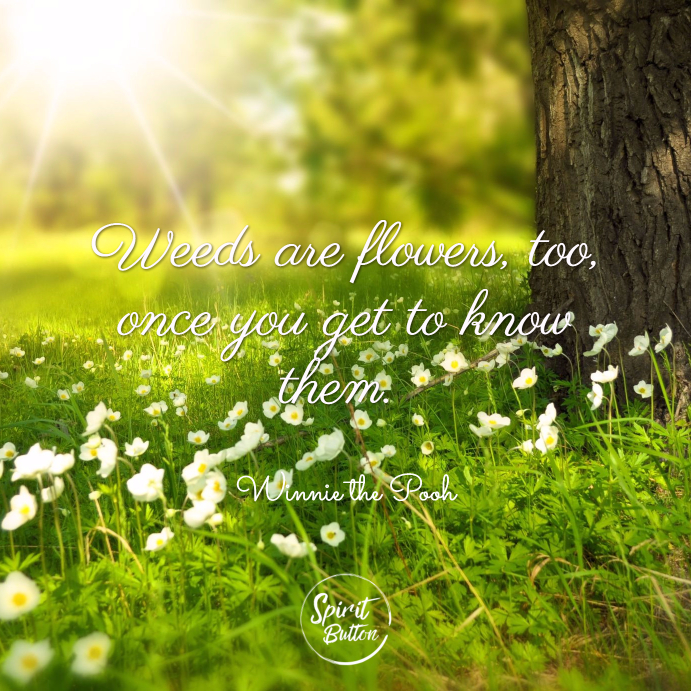
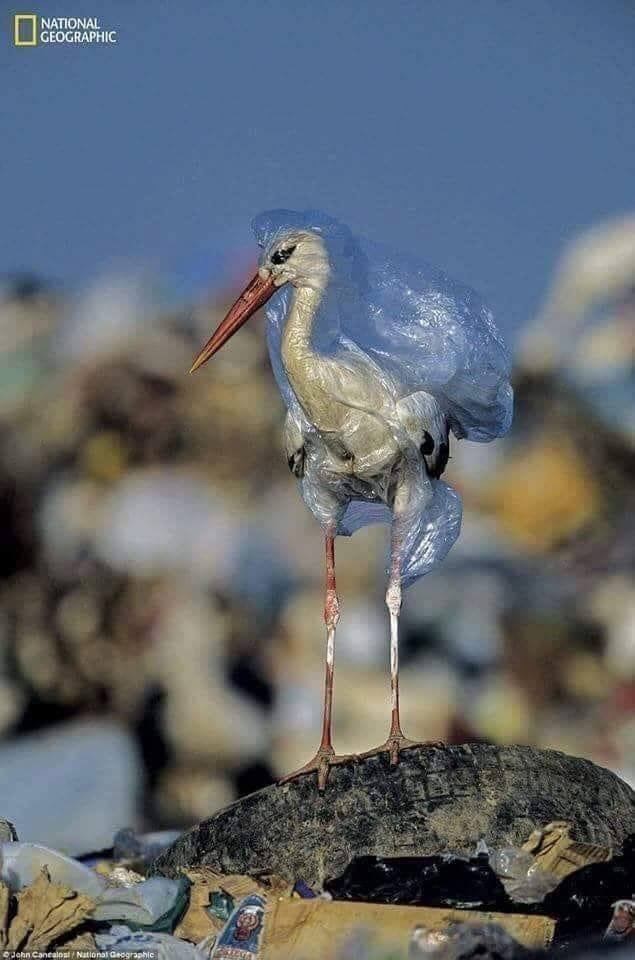
Whether you believe in climate change or are a sceptic, it seems there is no doubt that we are destroying our world. We are literally drowning it in plastic! Images appear on social media each day of dead whales with stomachs full of plastic waste and islands of floating plastic rubbish. We simply cannot go on thinking that the problem belongs to someone else, that because we don’t live near the coast or are particularly careful with disposal of rubbish that we are absolved from the problem.
Last summer we went to the coast of New South Wales for a break. The beaches were beautiful, and the weather was great but one thing we found was the amount of rubbish floating in the water was horrendous. Straws, soft drink bottles and snack food packets such as Tiny Teddies and Shapes popular with children. At some beaches it was unswimmable due to the filth in the water.
Returning home via Sydney I paid particular attention to the rubbish along the roadside and was horrified by the amount of single-use plastic lying by the road. The culprit in this case was soft drink bottles. Comparing this behaviour to pigs is really not fair to pigs!
Plastic in and of itself is not evil; in fact, it was a fabulous invention that allowed food to be stored more effectively and gave many other benefits. It is the one-use plastic that is the real problem and there are many things we can do about this. Straws are one example of one-use plastic. Surely if you are an adult you do not need to drink from a straw and if you do, purchase steel ones which can be used for longer than you may live. There are straight ones and bent ones, colourful or plain, thin ones and thicker ones for smoothies. Metal straws have become much cheaper than they were initially and are now available in a broad range of shops. Nothing beats an ice-cold smoothie consumed through a metal straw.
The other single use plastic which is so damaging to our environment is the mini packs of all sorts of savoury and sweet yummies that children love to have in their lunch boxes. Kids don’t need to miss out because you refuse to buy the multi packs of everything possible. Instead of buying the plastic packs filled with 12 or more other packs of plastic, purchase a regular size pack and divide them out into reusable containers readily available at supermarkets and variety shops. You have one reusable container and 1 piece of plastic rubbish instead of 13 pieces of rubbish. Recycle your one piece of rubbish and you have a happy child and a clearer conscience on the environmental front.
Soft drink bottles are also easy to reduce, simply don’t buy them! If you need or want a soft drink (and let’s face it sometimes you do) buy it in a can or in a glass bottle. Another alternative is to use a soda stream and make your own soft drink. You could even have a go at making your own cordial syrups (I made a Blood Orange and Cardamon one that was sublime) or use a squeeze of fresh citrus to add freshness. Or you could try fermenting your own Kombucha – but that’s another whole adventure in itself.